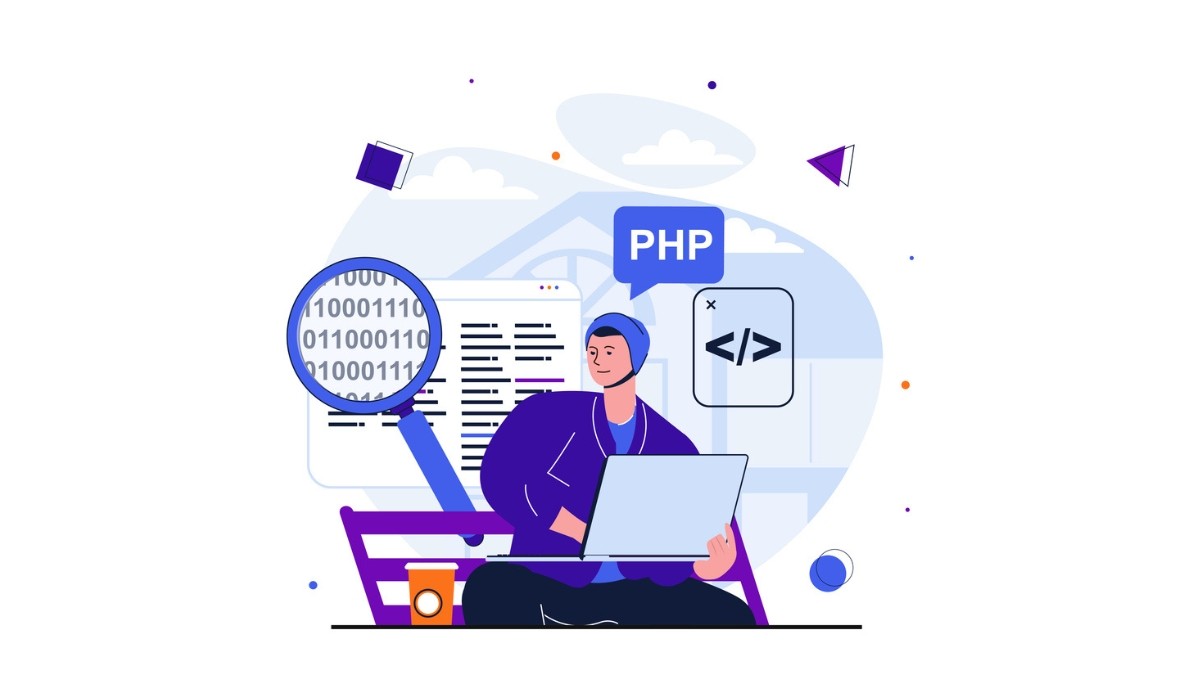When it comes to recruitment, “time to fill” and “time to hire” are two important metrics, but they track different parts of the process. Time to fill looks at the total time from when a job is approved to when an offer is accepted, giving you a big-picture view of your hiring efficiency. Time to hire, on the other hand, measures how long it takes from when a candidate applies to when they accept the offer, which is more focused on the candidate experience. In this article, we'll break down why both metrics matter and how they can help you fine-tune your hiring strategy.
Key Takeaways
Time to Hire measures the efficiency of the hiring process from candidate application to job offer acceptance, while Time to Fill encompasses the entire recruitment process from job approval to acceptance.
Both metrics are crucial for improving recruitment strategies; Time to Hire focuses on candidate experience, while Time to Fill emphasizes overall hiring efficiency.
Utilizing AI tools like Fonzi can streamline both Time to Hire and Time to Fill by automating key processes and enhancing candidate selection accuracy.
Defining Time to Hire

“Time to Hire” is a crucial metric in the recruitment process that measures the duration from when a candidate applies for the job to when they accept the job offer. Unlike other metrics, “Time to Hire” does not account for the time spent on job postings or the initial phases of the recruitment process.
Instead, it focuses solely on the stages following the candidate's application. This metric, which time to hire refers to, provides a clear picture of how efficiently your hiring process operates during the critical stages of candidate interaction.
A shorter “Time to Hire” often signifies a smoother and more efficient recruitment process, which can enhance the overall candidate experience. Candidates appreciate a swift and transparent hiring experience, which makes them feel valued and respected.
Conversely, the shorter your time, the longer the entire hiring process takes, which can deter top talent, as candidates might lose interest or accept offers from competitors. A short time to hire can significantly improve these dynamics, especially when considering time to hire vs time to hire.
On average, a company's average time to hire is around 44 days, though many strive to reduce this further. Tracking and optimizing this metric helps companies refine their recruitment strategies to attract and secure top talent, which can vary depending on the specific needs of the organization.
Understanding Time to Fill
“Time to Fill” is another vital metric that captures the duration from job approval to when a candidate accepts the job offer. Unlike “Time to Hire,” this metric encompasses the entire recruitment process, including the creation of job descriptions and sourcing candidates. By measuring the complete timeline, “Time to Fill” offers a broader perspective on the efficiency of your hiring process.
This metric starts ticking the moment a job requisition is opened and continues until the position is filled. The average “Time to Fill” across industries is typically over 35 days, though this can vary significantly depending on the role and industry. A shorter “Time to Fill” means less downtime for teams, translating to higher productivity and reduced costs associated with vacant positions.
Analyzing “Time to Fill” for specific roles or departments during a time period can provide valuable insights into unique hiring timelines, allowing for more tailored recruitment strategies. Understanding and optimizing this metric prepares companies to meet their hiring needs more promptly.
Key Differences Between Time to Hire and Time to Fill

While “Time to Hire” and “Time to Fill” might seem similar, they measure different aspects of the recruitment process. “Time to Fill” tracks the entire duration from job requisition to job offer acceptance, providing a comprehensive view of the entire recruitment timeline. On the other hand, “Time to Hire” focuses specifically on the period from when a candidate applies to when they accept the offer, highlighting the efficiency of the candidate selection process.
Understanding these differences is crucial for HR teams aiming to optimize their recruitment strategies. “Time to Hire” primarily assesses candidate experience and process efficiency, making it essential for attracting top talent. Conversely, “Time to Fill” measures the overall efficiency of the recruitment process, helping identify areas where delays might occur.
Tracking both essential metrics gives organizations a deeper insight into their recruitment processes, helping to pinpoint areas for improvement. This dual approach ensures that both the same candidate experience and the overall hire metrics are continuously monitored and enhanced, including recruitment metrics.
Why Time to Hire Matters

“Time to Hire” is an important metric. It holds significance for various reasons. Firstly, it directly impacts the candidate experience. A swift hiring process makes candidates feel valued and respected, while a prolonged process can deter top talent. In today's competitive job market, candidates have multiple options, and a lengthy hiring process can result in losing out on the best candidates.
Technological solutions like Fonzi can significantly reduce “Time to Hire” by automating key aspects of the recruitment process, such as resume reviews and candidate screenings. Regular communication with top candidates about their application status also keeps them engaged, reducing dropout rates. Fonzi enhances the accuracy of candidate selection, ensuring that recruiters can identify the best fits for roles more quickly and effectively using recruitment software.
Improving “Time to Hire” not only attracts top talent but also boosts the overall efficiency of the recruitment process. Focusing on this metric ensures a more positive candidate experience and a more effective hiring strategy for companies.
Importance of Time to Fill
“Time to Fill” is equally important for several reasons. It helps organizations evaluate the effectiveness of their recruitment strategies and forecast hiring needs. A lengthy “Time to Fill” can lead to financial losses due to unfilled positions affecting productivity. Additionally, high “Time to Fill vs” increases recruitment costs, as vacant positions often require additional resources to manage.
This metric is crucial for gaining support from leadership for recruitment technology and strategic changes in hiring practices. Regularly assessing “Time to Fill” helps identify ineffective sourcing channels and allows companies to focus their resources on more effective strategies. Optimizing "Time to Fill" ensures timely hiring for critical roles, thereby enhancing overall business productivity. Additionally, the time to fill metric provides valuable insights into the efficiency of the hiring process and time to fill metrics.
Tracking “Time to Fill” also reveals trends over time, helping organizations make informed improvements to their recruitment processes. Efficient “Time to Fill” not only enhances hiring efficiency but also reduces vacancy costs, contributing to the company's bottom line.
Calculating Time to Hire
Calculating “Time to Hire” involves counting the days from when a candidate begins the hiring process to when they accept the job offer. This metric can be calculated by taking the total working days spent hiring divided by the number of roles filled. For example, if Suzy's “Time to Hire” is 21 days and another candidate's is 19 days, the average “Time to Hire” is 20 days.
To determine the average “Time to Hire,” sum the total days taken to hire all candidates within a period and divide this by the number of new hires. Tracking the duration of each stage in the hiring process can help identify areas for improvement. By monitoring these stages, HR teams can measure time to calculate average time to streamline their processes, reducing delays and enhancing overall efficiency. Additionally, measuring time can provide valuable insights into these stages.
Understanding how to calculate “Time to Hire” is essential for measuring and improving recruitment efficiency. This time to hire metrics provides valuable insights into how quickly your company can secure new talent, which is crucial for maintaining a competitive edge in the job market and implementing effective hire measures. Additionally, utilizing the time to hire formula can enhance your understanding of these processes.
Calculating Time to Fill
“Time to Fill” is calculated by measuring the duration from when a job requisition is approved to when the position is filled. To calculate this metric for each position, count the number of days from job approval to job offer acceptance. For example, if three positions are filled taking 10, 15, and 20 days respectively, the average “Time to Fill” would be (10 + 15 + 20) / 3 = 15 days.
The average “Time to Fill” is determined by summing the total days taken to fill all positions filled and dividing by the number of roles filled within a specific timeframe. This calculation provides a clear picture of the overall efficiency of your recruitment process using the time to fill formula.
Accurately calculating “Time to Fill” helps organizations understand the full scope of their recruitment efforts. Tracking these fill metrics allows HR teams to identify bottlenecks and streamline processes for a more efficient and effective hiring strategy.
Optimizing Time to Hire

Optimizing “Time to Hire” involves identifying inefficiencies in the recruitment workflow and implementing targeted improvements. Establishing a documented hiring process can significantly enhance efficiency and reduce “Time to Hire.” Investing in an advanced applicant tracking system can streamline application management and improve hiring efficiency throughout the entire process.
Using AI-assisted hiring processes allows recruiters to focus on high-potential candidates by minimizing time spent on initial screenings during the interview process. Building a talent pool enables recruiters to quickly reach out to pre-screened candidates, shortening the hiring timeline. Additionally, fostering collaboration between HR and hiring managers can expedite decision-making during recruitment.
Improving the careers page with engaging content and a user-friendly experience can also decrease drop-off rates. Continuously refining the hiring funnel and leveraging technology enables companies to achieve a more efficient and effective recruitment process, enhancing the candidate's journey.
Strategies to Reduce Time to Fill
Reducing “Time to Fill” starts with establishing clear workflows for job requests and approvals. Using pre-approved job description templates saves time and ensures consistency across job postings and job posts, making it easier to attract suitable candidates. Creating clear and detailed job descriptions also reduces search times by attracting the right candidates from the start, while also highlighting job openings and job positions.
Internal hiring can significantly reduce “Time to Fill” by leveraging existing employees' knowledge and alignment with company culture. Employee referral programs are another effective strategy, helping to hire qualified candidates faster and at lower costs. Implementing these strategies helps companies optimize their recruitment processes and reduce the time company positions remain vacant.
Efficient recruiting strategies are essential for improving overall recruitment effectiveness and minimizing “Time to Fill” in the recruiting process. By focusing on these approaches, recruiting teams can enhance their hiring efficiency and ensure timely acquisition of top talent.
The Role of Fonzi in Recruitment
Fonzi is a revolutionary tool that can transform the recruitment process. By automating key recruiting workflows such as candidate sourcing, interviews, and resume screening, Fonzi significantly reduces “Time to Hire” and “Time to Fill.” This technology enhances the accuracy of candidate selection, helping recruiters identify the best fits for roles more effectively.
Fonzi also supports diversity in hiring by mitigating biases that often arise from traditional hiring practices. By focusing on skills rather than self-reported credentials, AI-driven recruitment processes can lead to more equitable outcomes. Additionally, Fonzi AI helps in talent forecasting, enabling companies to identify future hiring needs and skill gaps within their workforce.
Adopting Fonzi allows HR teams to leverage advanced analytics from integrated tools, making data-driven decisions in hiring. This comprehensive approach ensures a more efficient and effective recruitment process, ultimately enhancing overall performance.
Benefits of AI in Hiring Processes

Artificial intelligence offers numerous benefits for hiring processes. Here are some key advantages:
Fonzi enhances the functionality of HR tools by automating repetitive tasks.
It allows teams to focus on strategic initiatives.
This technology improves candidate quality.
It ensures a more efficient hiring process without sacrificing candidate experience.
AI-driven recruitment processes can support diversity by mitigating biases that often arise from traditional hiring practices. By focusing on skills rather than self-reported credentials, AI can contribute to more equitable hiring outcomes. Additionally, AI can assist in talent forecasting, helping companies identify future hiring needs and skill gaps within their workforce.
The integration of AI in recruitment also leads to significant cost savings, with some scenarios reporting up to an 87.64% decrease in costs compared to conventional methods. Adopting AI technologies enables HR teams to enhance their recruitment strategies, ensuring a more efficient and effective hiring process.
Integrating Fonzi with Existing Tools
Integrating Fonzi with existing HR tools can significantly enhance the recruitment process. Fonzi connects with various HR systems like Ashby, simplifying the recruitment process for HR teams. This integration enhances data synchronization and workflow efficiency, making it easier for HR professionals to manage candidate information.
Effective integration of Fonzi ensures real-time updates and insights, providing a better recruitment experience for both candidates and HR professionals. The seamless integration capabilities allow HR teams to customize their recruitment processes without overhauling their current systems.
By adopting Fonzi alongside existing tools, companies can streamline candidate sourcing and assessment, ultimately improving their hiring efficiency and overall recruitment strategy.
Summary
“Time to Hire” and “Time to Fill” are both key metrics that reveal how well your recruitment process is working. Time to Hire tracks how long it takes from a candidate applying to accepting the offer, giving insight into the candidate experience. Time to Fill measures the entire timeline, from job requisition to offer acceptance, highlighting overall hiring efficiency.
Tools like Fonzi help optimize both by using AI to screen resumes quickly and accurately. Instead of spending hours reviewing applications, your team can focus on top-tier candidates right away. Fonzi’s AI also helps flag high-risk profiles, support unbiased screening, and boost candidate quality—making your hiring faster, smarter, and more inclusive.




